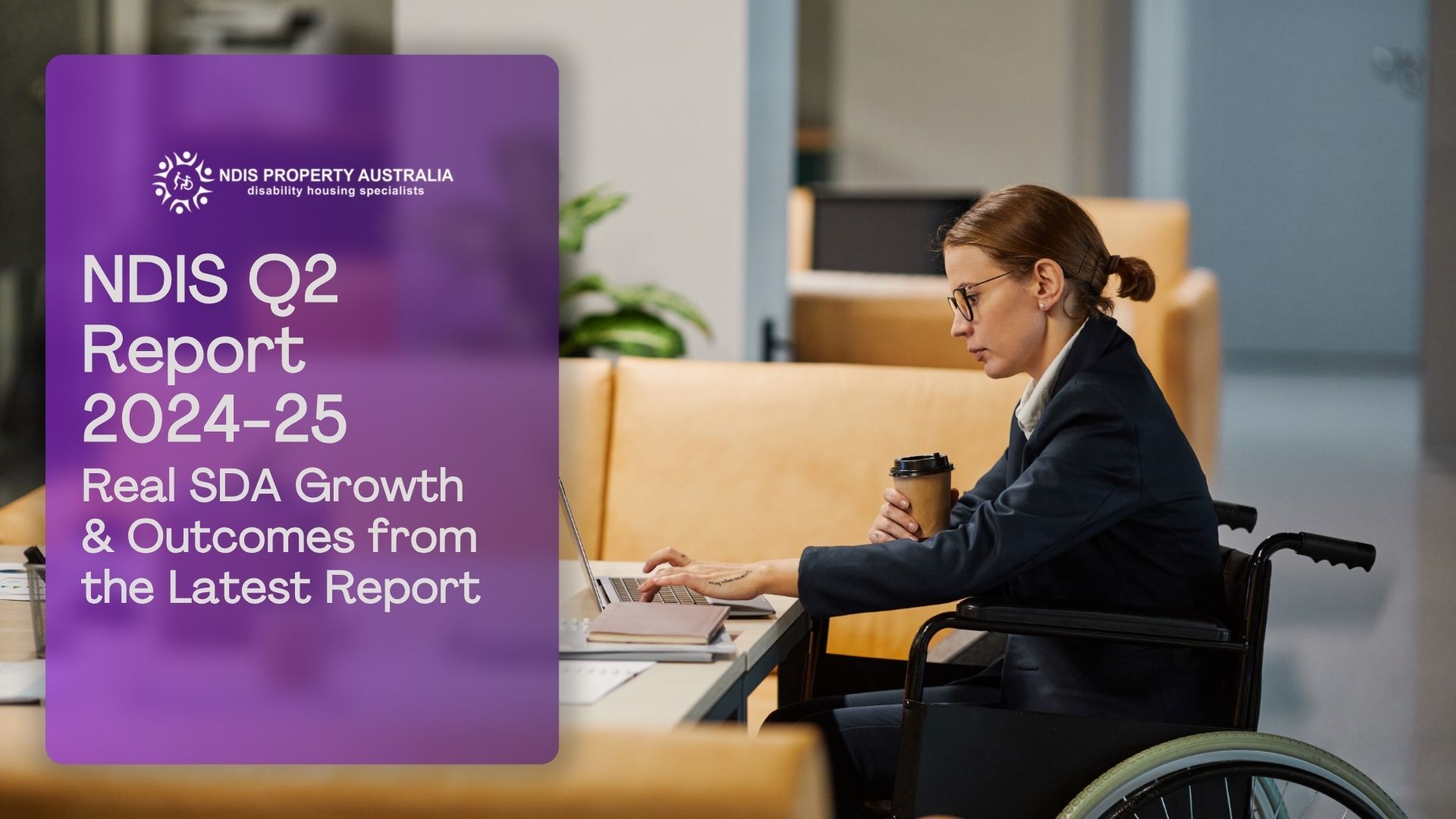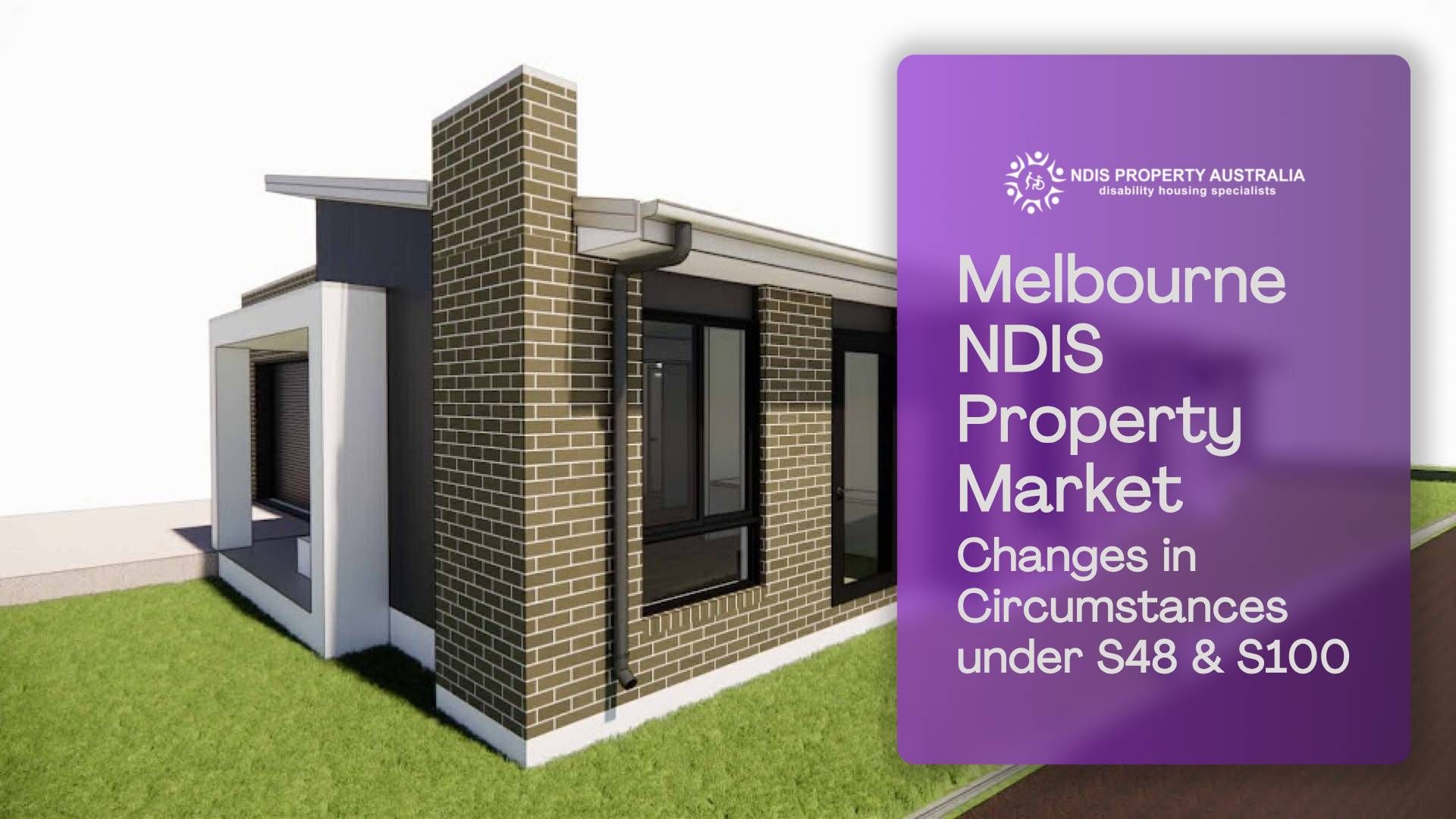Understanding Projected Yields in SDA Property Investments: What Investors Need to Know
Investors in Special Disability Accommodation (SDA) properties often struggle with understanding projected yields. Misleading figures in marketing brochures can create an overly optimistic picture, leading to misinformed decisions. The primary issue is the gap between projected and actual rental returns, frequently caused by unrealistic assumptions about funding levels and tenant mixes.
Many brochures boast maximum rental returns based on ideal scenarios, which rarely come to fruition. These high projections can set false expectations, resulting in frustration and financial missteps when actual income falls short.
For the NDIS investor, understanding the true potential of an investment matters. To make informed decisions, those looking to buy NDIS property need to grasp the factors influencing yields and accurately interpret the provided information.
Read also: Are SDA Rental Returns truly sustainable?
The Reality Behind Projected Yields
Misleading Projections
Many SDA property brochures highlight maximum rental returns based on ideal scenarios. For example, a brochure might advertise a potential income of $198,000 per year for a high physical support (HPS) home with two participants receiving 2:1 support funding.
These figures often assume the highest possible funding levels and optimal tenant mixes, which are rarely achieved in practice. This can mislead potential investors into expecting higher returns than what they will realistically receive.
Understanding Funding Levels
The rental income for SDA properties is directly tied to the funding levels of the participants. Each participant's funding varies based on their specific needs and NDIS plans. For instance, a participant with 1:3 funding (SDA funding to live in a share house with 2 other participants) will bring in significantly less income than one with 1:2 funding.
As a result, the total income for a property can fluctuate. Many investors mistakenly believe that the property itself guarantees a certain level of funding, which is not the case.
Read also: New Pricing Arrangements for SDA 2023-2024
Realistic Projections
For a clearer picture, consider a range of potential incomes rather than relying on a single maximum figure. For example, instead of quoting a maximum return of $210,000, a more realistic approach would be to present a range, such as $131,000 to $210,000. This range accounts for different funding scenarios and tenant mixes.
- High Scenario: Two participants with High Physical Support funding at 2:1, yielding around $210,000 annually.
- Moderate Scenario: Two participants with HPS 1:3 funding, resulting in an income around $153,000.
- Low Scenario: Two participants with Improved Liveability funding at 1:3, generating approximately $131,000.
Feasibility Reports
Creating detailed feasibility reports can help bridge the gap between projected and actual yields. These reports include various tenant mixes and potential returns, offering a comprehensive view of possible outcomes including those listed above, and various other potential incomes.
By using feasibility reports, investors can make more informed decisions and set realistic expectations for their SDA property investments.

Factors Influencing Rental Returns
Property Location, Quality and Desirability
SDA properties in high-demand areas fill vacancies faster and maintain higher occupancy rates. Being close to essential services and a supportive community environment make them more attractive to tenants. High-quality, accessible properties with modern amenities built to meet the specific needs of participants such as spaciousness will be more desirable for long-term tenancy.
Market Saturation
Market saturation also impacts rental returns. In areas with an oversupply of SDA properties, competition for tenants increases, potentially driving down rental yields. For example, if a suburb has recently seen numerous new SDA developments, investors might find it challenging to attract tenants quickly, resulting in lower rental income and increased vacancy rates.
They may also struggle to find multiple tenants in shared properties when participants have the choice of renting an SDA home that is empty, rather than moving into a shared property.
On the other hand, properties in regions with a limited supply of SDA housing, such as certain rural or inner suburban areas, tend to experience higher demand and better rental returns due to the scarcity of available accommodation.
Assessing Realistic Projections
Importance of Accurate Projections & Feasibility Reports
Understanding the true potential of an SDA property investment requires realistic projections of rental returns. Overly optimistic figures can lead to disappointment and financial strain when actual income does not meet expectations. Accurate projections should consider a range of possible outcomes, factoring in different funding levels and tenant scenarios.
Feasibility reports offer valuable insights for assessing projected outcomes. These reports examine various tenant combinations and potential returns, helping investors gauge the financial viability of different investment scenarios. A comprehensive feasibility report might include:
- Tenant Mix Analysis: Different combinations of participants and their respective funding levels.
- Income Projections: Estimated rental income for each tenant mix scenario.
- Cost Analysis: Detailed breakdown of costs, including maintenance, management fees, and other operational expenses.
- Market Conditions: Current demand for SDA properties in the area, competition, and occupancy rates.
- Sensitivity Analysis: How changes in key assumptions (e.g., funding levels, vacancy rates) impact the overall financial performance of the investment.
Key Takeaways
- Misleading Projections: Marketing materials often highlight maximum returns based on ideal scenarios, which rarely reflect reality.
- Understanding Funding Levels: Rental income is directly tied to participant funding levels, which vary significantly.
- Realistic Projections: Considering a range of potential incomes provides a clearer and more accurate picture.
- Feasibility Reports: These reports bridge the gap between projected and actual yields by considering various tenant mixes and potential returns.
- Factors Influencing Rental Returns: Property location, quality, market saturation, and accurate projections play a major role in this.
Visit our
Reports page
to learn more, or contact us directly to discuss your options with our thorough research and verified investment assumptions. Understanding your local market demand, property specifications, and developer reputation helps mitigate risks. Make your investment journey easier and more profitable with NDIS Property Australia.




